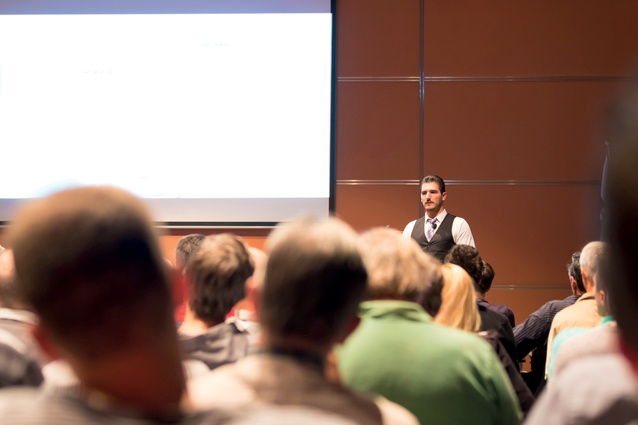Back to school
Until recently, anyone who didn’t want to pursue further study left high school and, more often that not, got a trade apprenticeship. Nowadays, an apprenticeship is most likely a stepping-stone to a degree in quantity surveying or even construction law.
There was a time, not too long ago, when if you wanted to build a house you got yourself a house-lot of timber and built a house; no RMB, no consent applications, no council inspections, no worries. However, increased regulations – coupled with a greater integration of technology – are changing the face of the building and construction industry as we know it.
With that change has also come a shift in people’s perception of the industry. No longer the sole domain of the academically disinclined, the construction industry has become one of the most diversified and specialised fields in which to work. Anyone wishing for a career in construction would be well advised to consider tertiary education as an adjunct to an apprenticeship, or risk being left behind on the building site.
One of the biggest factors influencing the modern-day construction industry is technology: in particular building information modelling (BIM). As a concept, BIM has been around for forty years, however it has only been in the past decade that the technology has matched the theory and seen widespread uptake across the industry.
For those who may not have used BIM, it allows, in a nutshell, a virtual information model to be handed from the design team (architects, landscape architects, surveyors, civil, structural and building services engineers, and so on) to the main contractor and subcontractors and then on to the owner/operator; each professional adds discipline-specific data to the single shared model.

The benefit of this is that it reduces information losses that traditionally occurred when a new team took ownership of the project. Additionally, it provides more extensive information to owners of complex structures. You may wonder how this affects the man swinging the hammer and getting the job done. Quite simply, in a world where the entire life cycle of a building – from initial concept through to demolition – can be tracked before the foundations have even been dug, he who does not upskill becomes obsolete.
And it’s happening now: in 2014, the New Zealand government established a BIM acceleration committee – made up of government and industry professionals – as part of a productivity partnership with the goal of 20 per cent more efficiency in the construction industry by 2020.
This doesn’t mean that we all have to become BIM proficient overnight; what it does point to is a greater integration of, and collaboration between, all of the industry’s entities, and it is this unity that will lead to future educational frontiers; and even more technological breakthroughs. And on it goes.

Indeed, Dr Robyn Phipps, professor in construction at Massey University and the subject of this issue’s profile (see page 20-21) touches on the symbiotic relationship of technology and education and the ability of that relationship to not only affect change at an industry level, but also globally.
Dr Phipps is interested in researching how technology can be integrated into buildings in order to allow children living throughout the South Pacific access to the same educational opportunities as their peers in New Zealand. But she goes even further with the concept, by asking why can’t the same buildings that act as classrooms during the day, be medical clinics after hours, and thus allowing on-the-ground medical teams and patients access to advice and doctors from around the world via video conferencing.
Powered by sustainable energy and built responsibly, such ‘multitasking’ buildings have the potential to improve the lives of thousands of people in a short space of time and do so cost-effectively.
Certainly, we have the expertise and the industry leaders, along with the passion and the impetus – the Christchurch rebuild – to ensure that the industry remains a robust one. But these are issues for the near future. What is immediately apparent is that an industry historically slow to adapt is undergoing a rapid transformation, which will leave no rock unturned and no facet unchanged. We can, as an industry at the end of the world, choose to embrace this transformation and to make it our own. There’s a long list of Kiwis who have punched above their weight and who have changed the world in the process. There is no reason why the next breakthrough can’t be achieved in the building and construction industry.












